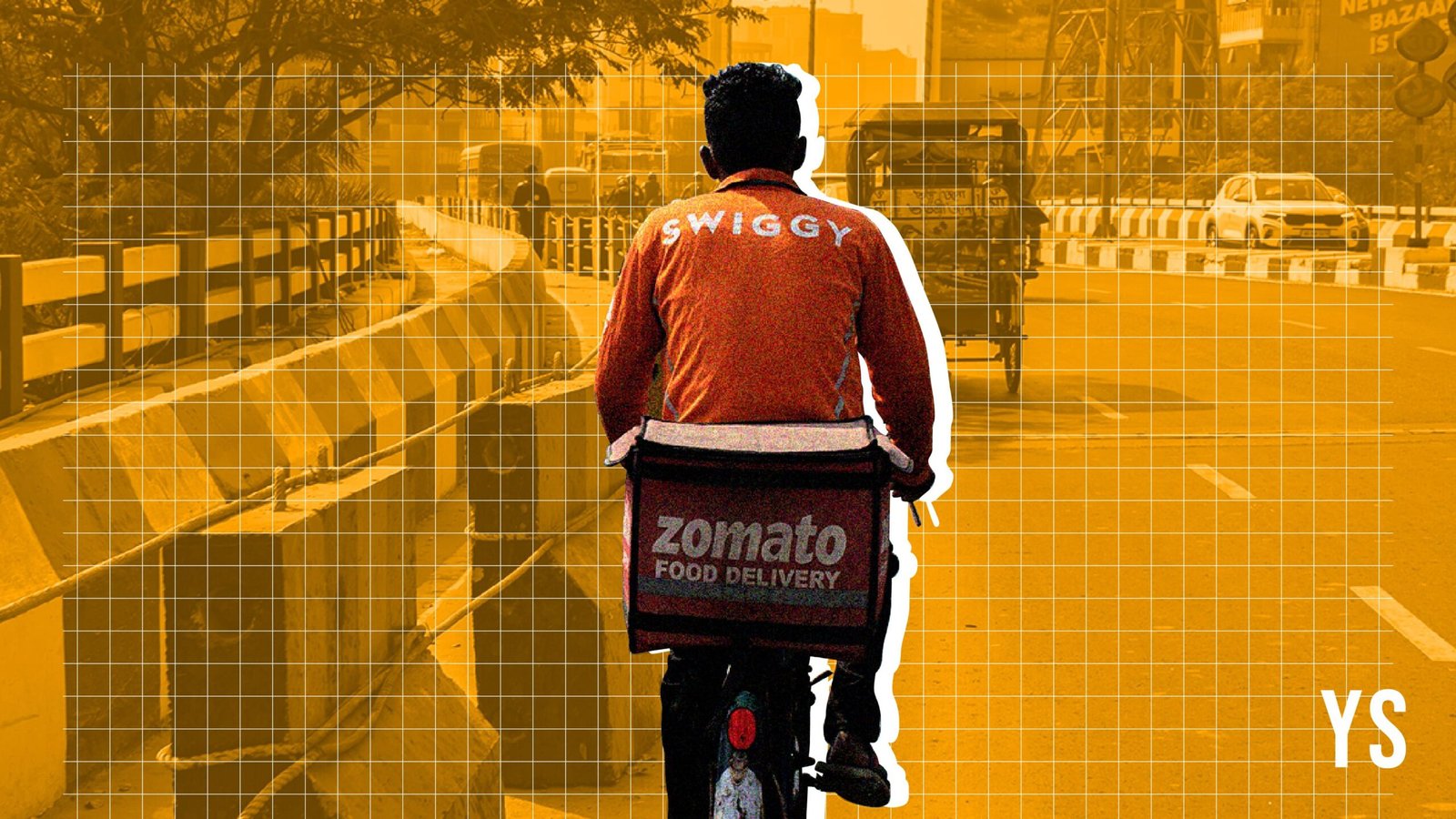Remote monitoring meets manpower: The future of hybrid security models


Manpower-heavy models, while effective in certain contexts, often struggle to deliver uninterrupted, error-free coverage. Conversely, technology-only solutions may detect threats quickly but lack the human intuition and judgement to assess situations in real time. This is where the hybrid security model—combining remote monitoring with on-ground manpower—is proving transformative.
The evolving security landscape
Security risks have grown in scale and unpredictability. Facilities now face incidents like unauthorised access, asset tampering, and coordinated intrusion attempts. In large campuses, industrial plants, and logistics hubs, these threats can cause operational and reputational damage.
Manpower-only systems can be limited by fatigue, absence, and the physical coverage a guard can provide at one time. On the other hand, tech-only setups—while offering constant monitoring—can misinterpret context or trigger false alarms. The solution lies in a balanced system that marries human adaptability with technological precision.

What is a hybrid security model?
A hybrid security model integrates trained security personnel with advanced remote monitoring infrastructure such as AI-enabled CCTV cameras, motion sensors, access control systems, and perimeter alarms.
Technology handles continuous surveillance, pattern recognition, and instant alerting. Manpower steps in to verify, assess, and act upon these alerts. For instance, if a motion sensor detects activity near a restricted area, the command centre receives an alert, reviews the live feed, and dispatches on-ground personnel if needed.
This approach delivers faster, more accurate, and more cost-effective protection than traditional methods.
Key components of remote monitoring
1. Surveillance cameras with analytics: High-definition cameras can detect anomalies like loitering, crowd gatherings, or perimeter breaches.
2. IoT-enabled sensors: These monitor environmental conditions, vibrations, or access points to detect tampering or unusual activity.
3. Central command centres: Acting as operational hubs, they receive live feeds from multiple sites, enabling simultaneous monitoring across locations.
4. Automated alerts and protocols: The moment an anomaly is detected, automated protocols guide response—dispatching personnel, sounding alarms, or locking down zones.
This layered approach allows businesses to monitor extensive facilities without proportionally increasing manpower, making operations scalable and cost-efficient.
The human edge in security
Technology cannot replace human judgement in nuanced situations. Trained personnel can read subtle cues—body language, tone, signs of distress—that machines might miss.
A guard might recognise that someone lingering near a loading bay is not merely “waiting” but showing intent to bypass access controls. In emergencies, security personnel can provide reassurance, guide evacuations, and calm distressed individuals—roles where empathy is critical.
Modern guards are trained to interpret tech-driven alerts, verify incidents, and coordinate with remote operators. This collaboration ensures swift, proportionate, and effective responses.
Why hybrid security works
The hybrid approach offers clear benefits:
- 24/7 vigilance without fatigue: Continuous monitoring without gaps.
- Faster incident response: Real-time alerts reduce reaction time.
- Cost efficiency: Larger areas secured without proportional headcount increases.
- Scalability: Easy to extend to multiple or remote sites.
- Detailed reporting: Digital logs and recordings aid audits and investigations.
Industries from manufacturing to hospitality are already seeing reduced losses and improved safety through hybrid models.
Future directions for hybrid security
The future promises deeper integration between manpower and monitoring systems. Drone-based patrols, enhanced facial recognition for access control, and predictive analytics for crowd management are already in testing.
Security personnel are evolving into “security technicians”—combining physical presence with tech fluency. This shift not only boosts efficiency but also opens up more skilled career pathways in the industry.
Conclusion
Hybrid security is more than a trend—it’s the logical next step in protecting assets, infrastructure, and people. By blending technology’s speed with human intelligence, organisations can build proactive, scalable, and future-ready systems.
The key lies in creating true partnerships between machines and humans, ensuring each amplifies the other’s strengths. In an unpredictable world, that combination offers the most reliable path to staying one step ahead.
(Anuj Rajain is the Global Chief Executive Officer of Tenon Group, a provider of integrated security, facility management, and remote monitoring solutions.)
Edited by Kanishk Singh
(Disclaimer: The views and opinions expressed in this article are those of the author and do not necessarily reflect the views of YourStory.)
Discover more from News Hub
Subscribe to get the latest posts sent to your email.







